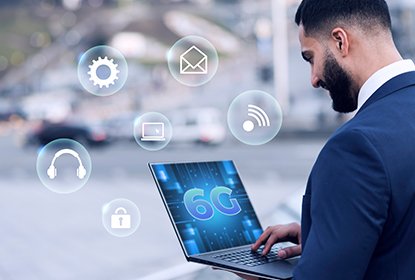
Effective communication is the backbone of a successful marketing campaign. Maintaining the right frequency of updates ensures transparency, builds trust, and improves client satisfaction. However, over-communicating can overwhelm clients, while under-communicating may lead to confusion or dissatisfaction. In this article, we will explore the optimal communication frequency for different types of campaigns and provide best practices to enhance client engagement.


Why Client Communication Matters in a Campaign
Regular and structured communication is essential for the success of any marketing campaign. Here’s why it is crucial:
- Transparency: Clients feel more comfortable when they are kept in the loop about campaign progress.
- Trust Building: Frequent updates establish confidence in your expertise and strategies.
- Performance Monitoring: Real-time communication allows quick adjustments based on data insights.
- Expectation Management: Regular check-ins prevent misunderstandings about deliverables and timelines.
- Stronger Client Relationships: Maintaining consistent contact fosters long-term business partnerships.
How Often Should You Communicate with Clients?
1. Pre-Campaign Communication (Planning Phase)
During the initial stage, frequent communication is necessary to set expectations and finalize campaign details.
- Recommended Frequency: Daily or every alternate day
- Preferred Communication Channels: Emails, video calls, and in-person meetings
- Key Topics to Cover:
- Campaign objectives and KPIs
- Budget allocation
- Target audience and segmentation
- Timeline and milestones
2. Early Campaign Phase (First Few Weeks)
Once the campaign is live, clients expect updates on initial performance metrics and adjustments.
- Recommended Frequency: 2-3 times per week
- Preferred Communication Channels: Email summaries, Slack updates, or project management tools (Trello, Asana)
- Key Topics to Cover:
- Initial engagement and audience response
- Technical performance of ads or content
- A/B testing results (if applicable)
- Any necessary early-stage optimizations
3. Mid-Campaign Communication (Ongoing Updates)
As the campaign progresses, communication should be structured around performance reports and strategy refinements.
- Recommended Frequency: Weekly
- Preferred Communication Channels: Scheduled calls, detailed email reports, dashboard updates
- Key Topics to Cover:
- ROI and key performance indicators (KPIs)
- Lead generation and conversion tracking
- Budget allocation and expenditure analysis
- Necessary modifications for better results
4. End-of-Campaign Communication (Final Reporting & Review)
At the conclusion of the campaign, clients expect a detailed report summarizing results and future recommendations.
- Recommended Frequency: One final meeting
- Preferred Communication Channels: Video call or in-person meeting, accompanied by a detailed report
- Key Topics to Cover:
- Final performance metrics
- Lessons learned and key takeaways
- Next steps or retargeting strategies
- Future campaign opportunities
Best Practices for Effective Client Communication
1. Define a Clear Communication Plan
Set expectations from the beginning regarding how often you will communicate and through which channels.
2. Use Data-Driven Insights
Ensure your updates are backed by measurable data rather than general statements. Provide key statistics, trends, and graphical reports.
3. Leverage Automation for Updates
Use automated reporting tools like Google Data Studio, HubSpot, or DashThis to send real-time campaign reports to clients.
4. Customize Reports Based on Client Preferences
Some clients prefer high-level insights, while others want in-depth analysis. Tailor your communication style accordingly.
5. Keep Communication Concise and Actionable
Avoid unnecessary details. Stick to essential metrics, actionable insights, and clear recommendations.
6. Use Multiple Communication Channels
Emails, video calls, chat tools (Slack, WhatsApp), and CRM platforms help ensure seamless client interaction.
7. Be Proactive, Not Reactive
Anticipate client concerns before they arise. Address potential challenges early to maintain confidence in your strategy.
Conclusion
The ideal communication frequency depends on the nature of the campaign, the client’s expectations, and the complexity of the marketing strategy. By implementing structured updates and best practices, businesses can improve transparency, enhance client relationships, and ensure campaign success.
hytomobi.in, digital marketing agency, uses these practices for effective client communication during campaigns.


